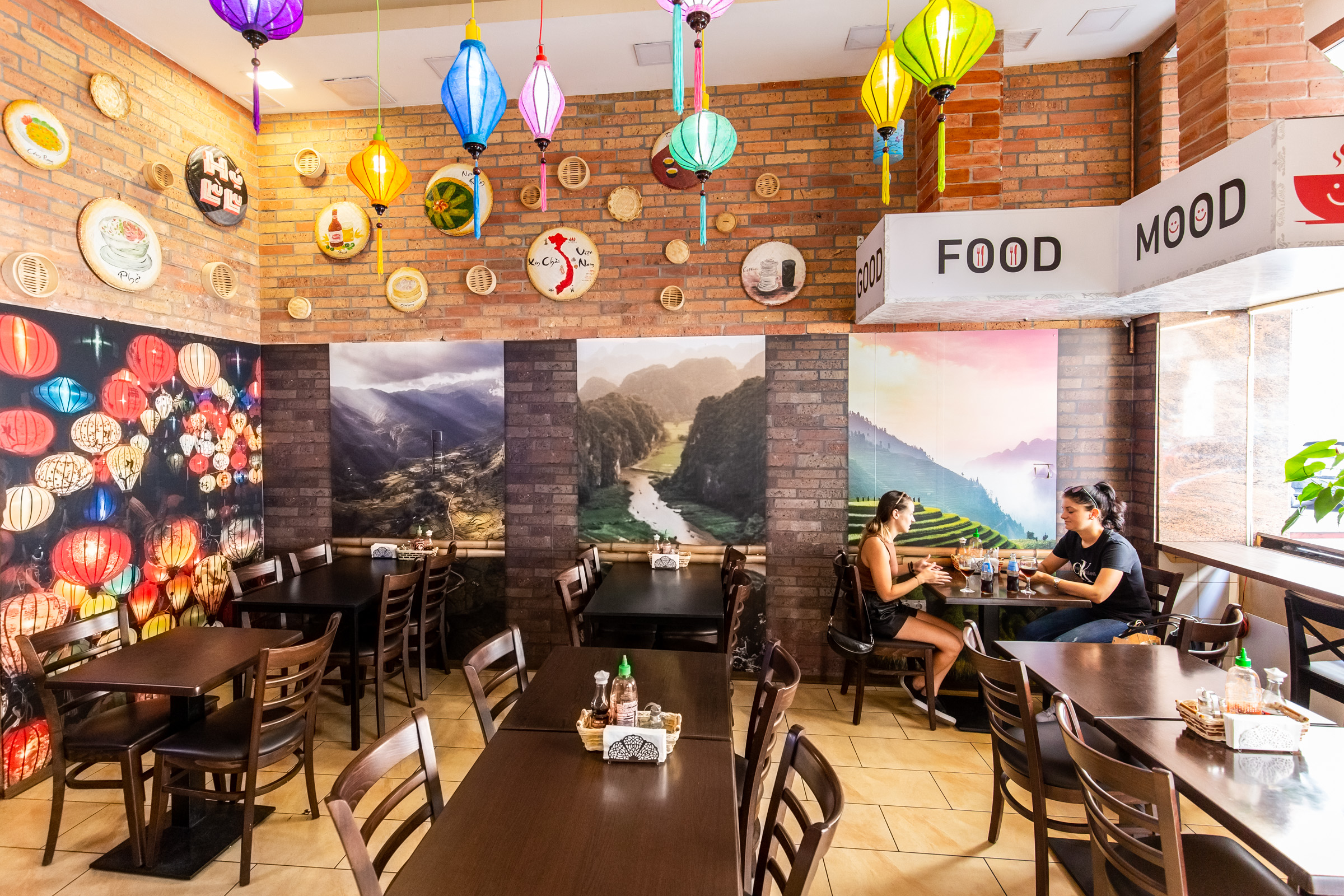The man behind Hú Lù Lu, Nguyen Thai Manh. has been living in Budapest for 14 years, speaks Hungarian but had never worked in gastronomy before. Of late, Vietnamese eateries have been cropping up around around Budapest as frequently as Italian restaurants. The big favourite was the French-based broth, pho – whole restaurant concepts have been built on this fragrant, spicy, light yet nourishing soup.
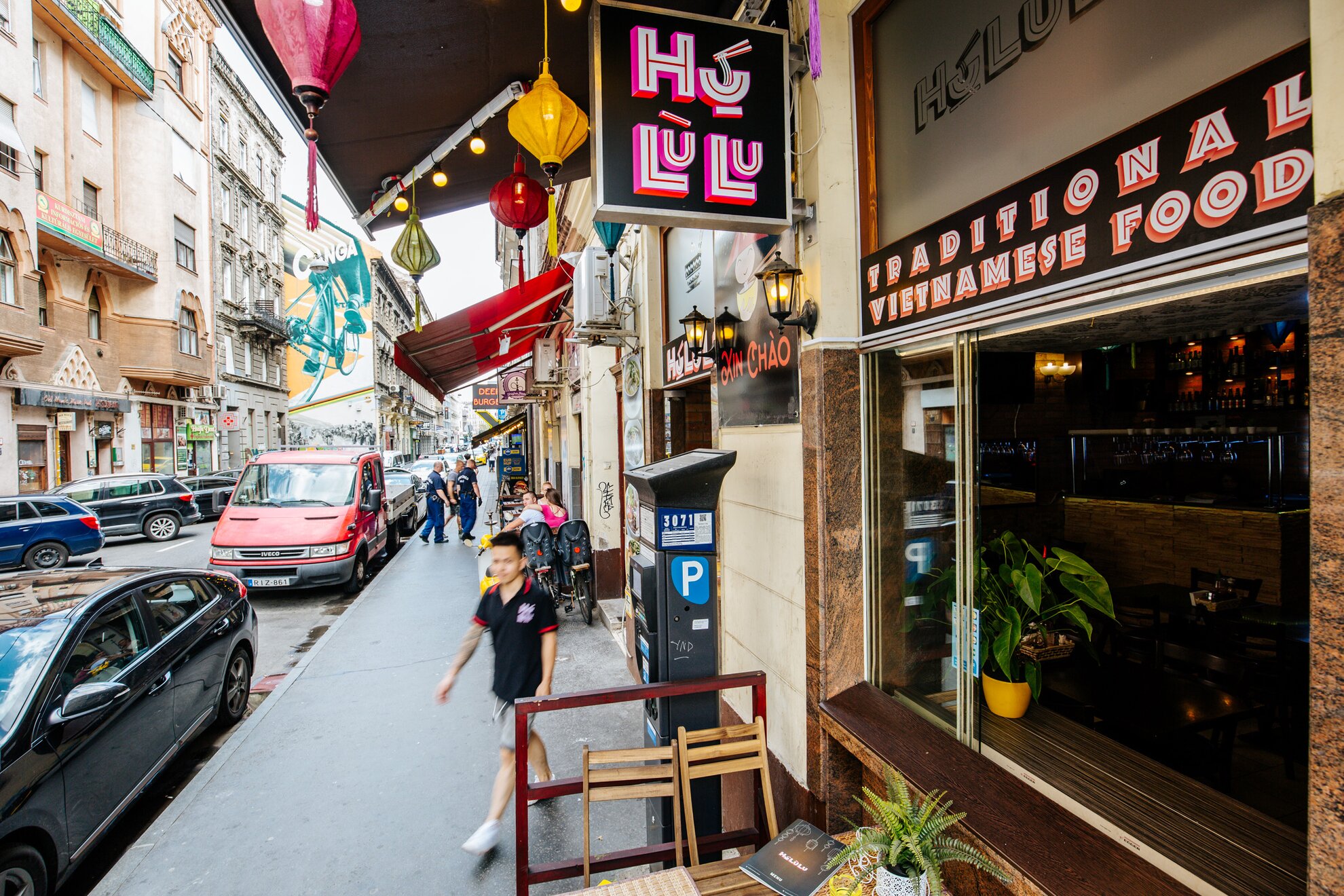
Thai Manh, however, was not inspired by the unquenchable demand for the iconic soup to open Hú Lù Lu, but by a visit to Vietnam. He went on a long trip with his family and, although they originally came from north Vietnam, Hoi An on the country’s central coast impressed with its relaxed atmosphere and colourful lanterns. They brought something of this home with them to Budapest, and decided to open a place that would be just like they experienced in Hoi An – on Akácfa utca.
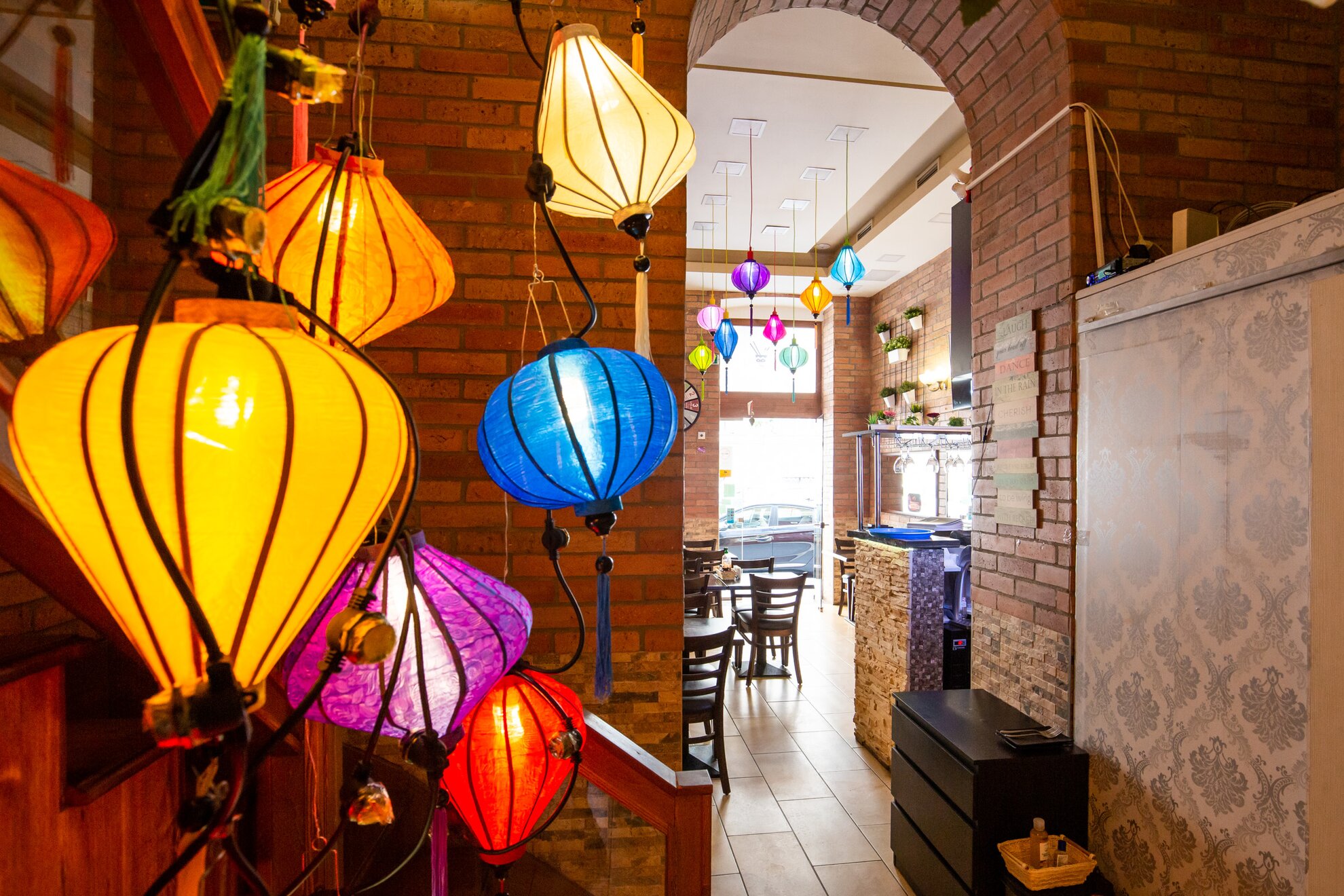
It is common for Vietnamese restaurants to operate as a family business – this is no different at Hú Lù Lu, even in how it’s called. In addition to Thai Manh and his wife, you might see their young son Beu around the place. Hú Lù Lu became his nickname when they were playing with him, and then the name of the restaurant itself, emphasising the importance of family unity in Vietnamese culture.
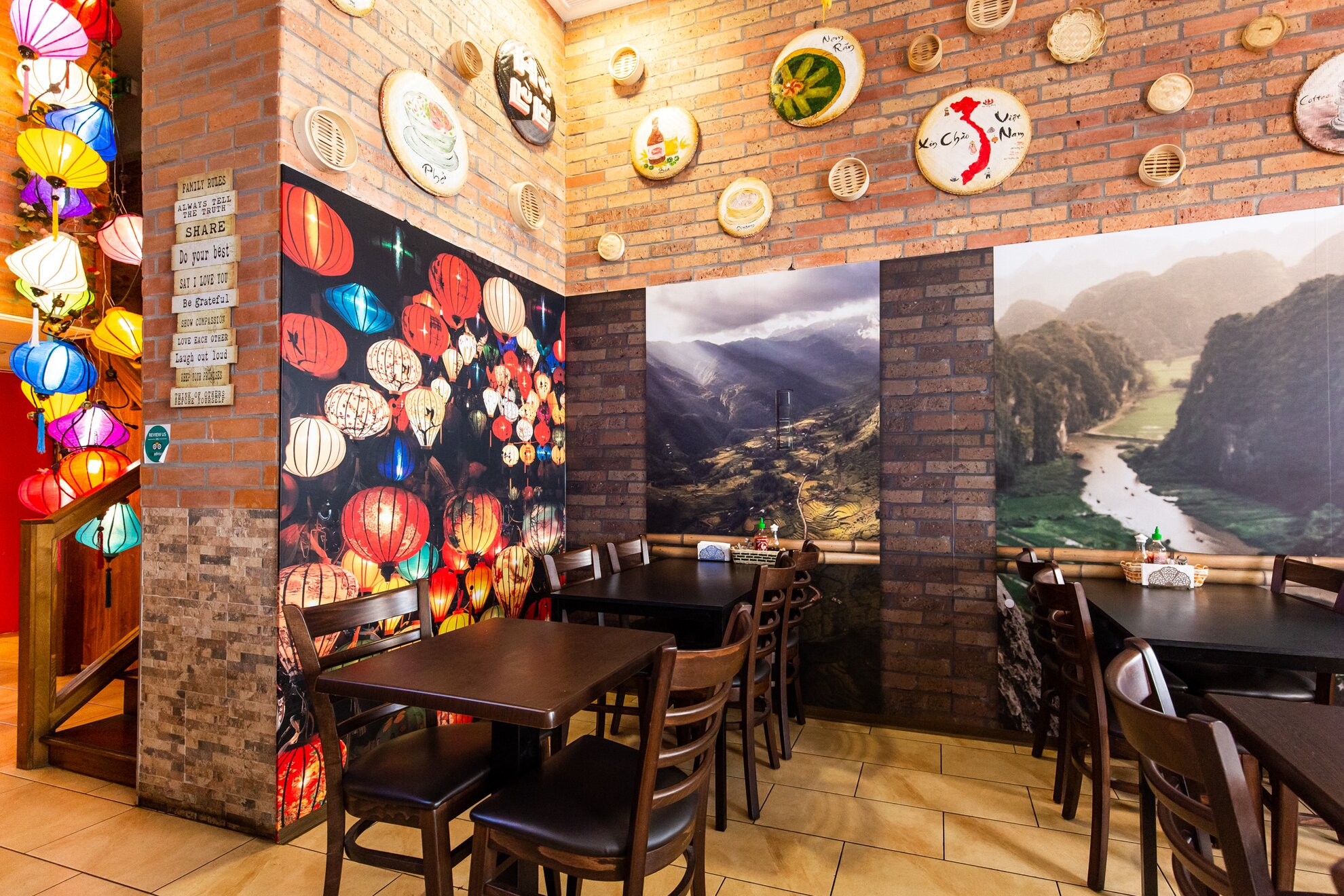
They also wanted to show a slightly wider spectrum on the menu, too, so that would diners would find more than just the classic, well-known Vietnamese dishes. As well as standard spring rolls and beef pho, there’s a wider selection available here. We sampled nem-rán, their own spring roll (790 HUF), just to have a base of reference. This pleasant, crunchy, uncomplicated street provides a quick bite when starvation strikes and you’re waiting for your soup or main course.
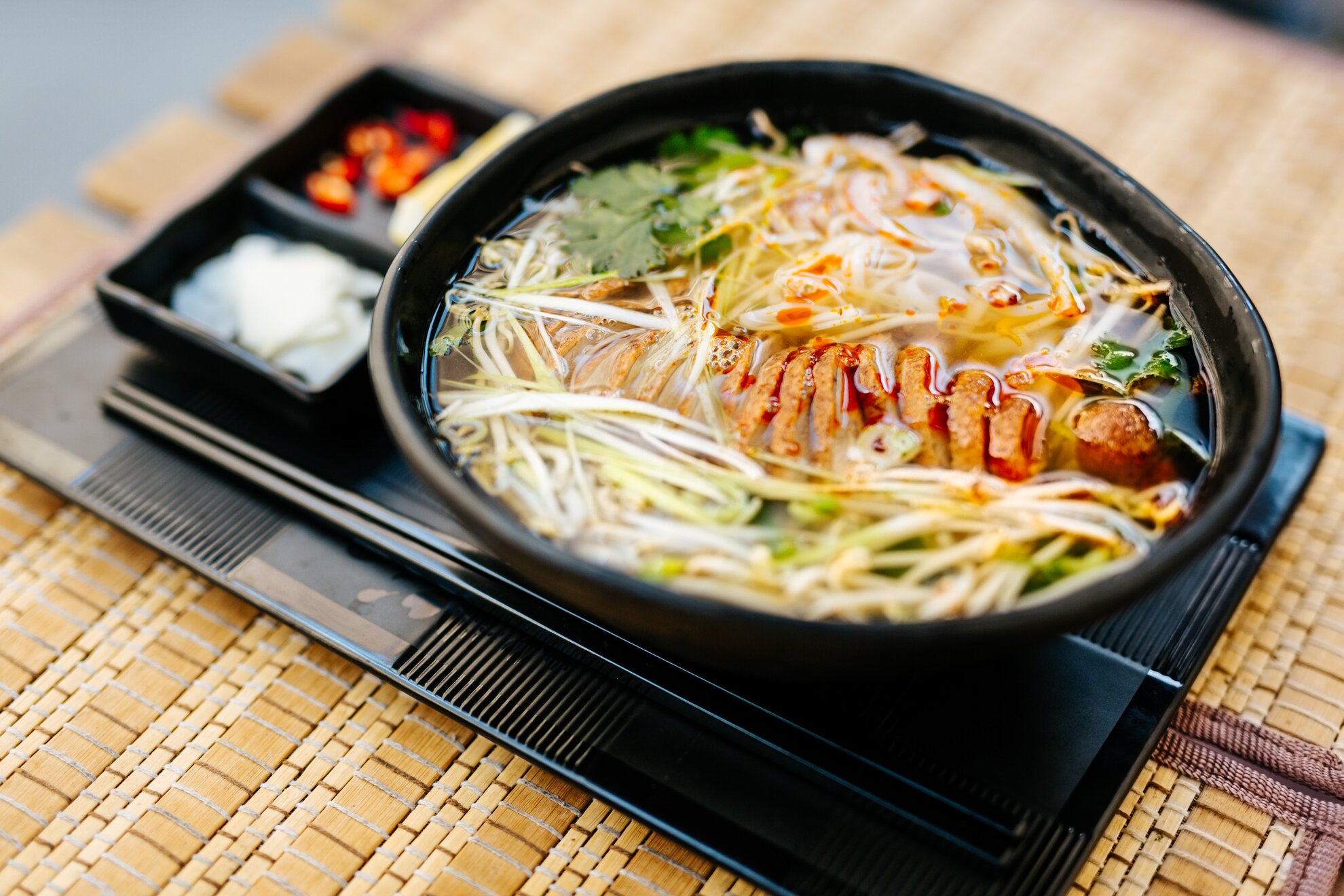
Among the soups, we tried pho viet chien (2,390 HUF), the spicy duck version. It’s generous portion, a pleasantly spiced, slightly spicy soup whose potency can be adjusted with the condiments that come with it, with plenty of meat and green spices thrown in. The duck is soft with no trace of fat, but if calories are in issue, you can leave the crispy fried skin.
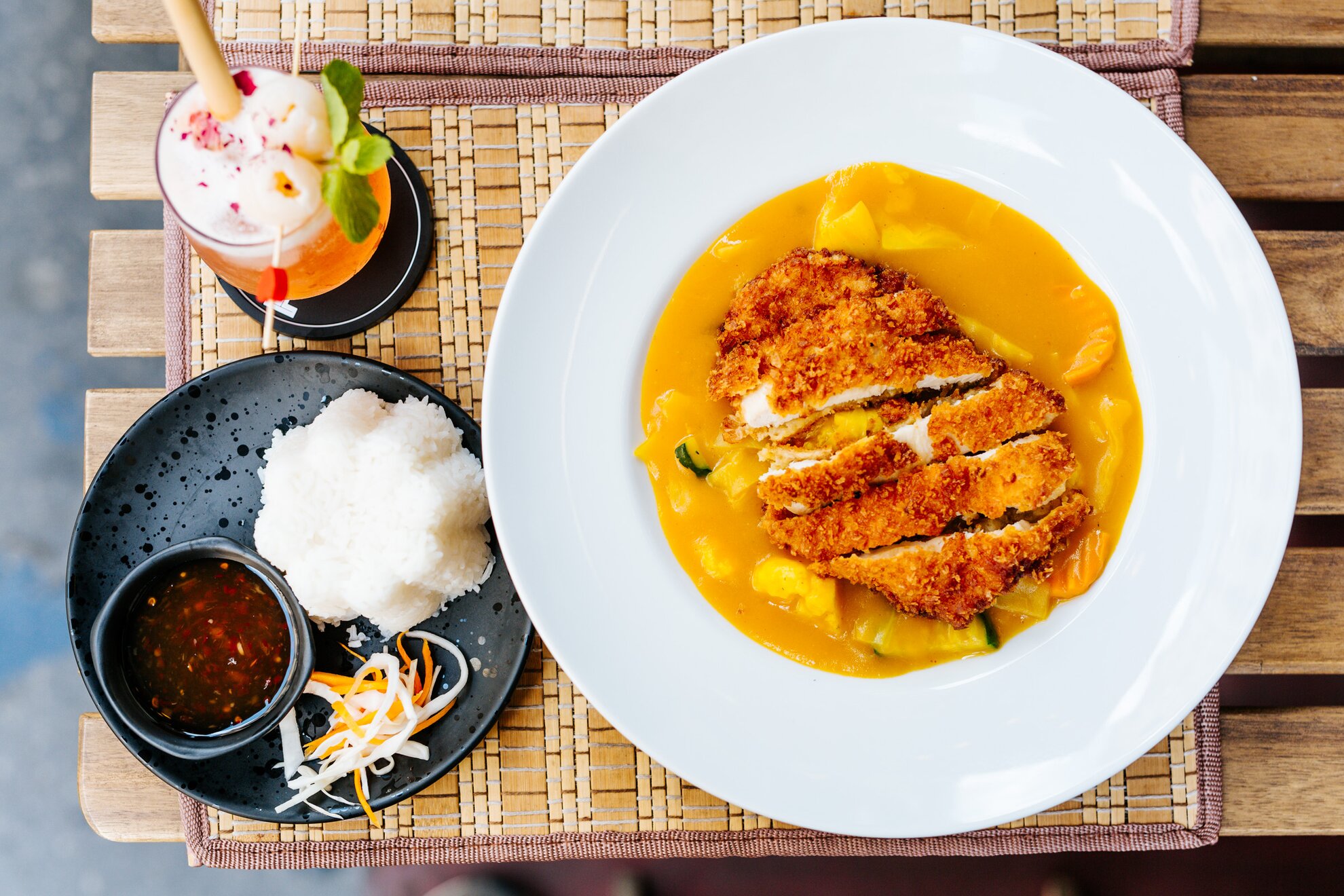
An outstanding novelty was the main dish, cari xoai, mango curry, served with sticky rice (2,890 HUF). On the one hand, curry is less typical in Vietnamese cuisine than in surrounding countries, but this was not the most surprising element – the sauce had not been thickened with coconut milk but with mango purée and the meat was replaced with a succulent fried chicken breast.
We suspected that this was a kind gesture to please Hungarian tastes, but Thai Manh enlightened us that this often occurs in the central region of Vietnam. Whether it comes from Japanese tonkatsu or elsewhere, we didn’t find out, but it was surprising and exciting anyway. Vietnamese curries are not in the spicy realm of their Thai or Indian counterparts, but are rather a sweet, light, purée-like base with lots of vegetables and the afore-mentioned meat.
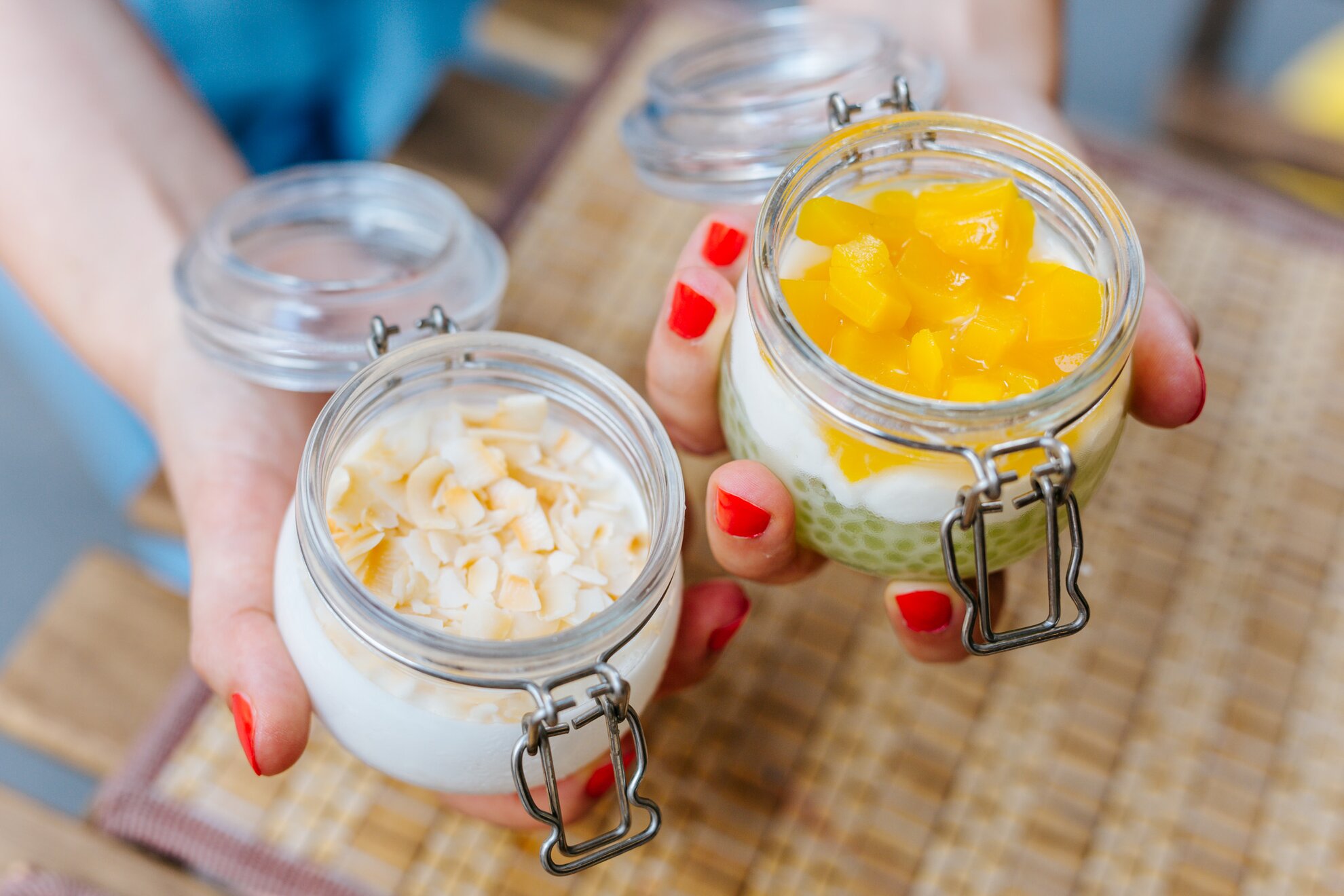
For dessert, we tried two different puddings, tropical fruity tapioca (1,090 HUF) and coconut (790 HUF). Both are real summer desserts – light, cool and not too sweet.
Cooling teas are also integral to any Vietnamese summer. These herbal potions and fruit drinks are particularly healthy in the heat, plus they have a more exciting zing than the average juice or carbonated drink.
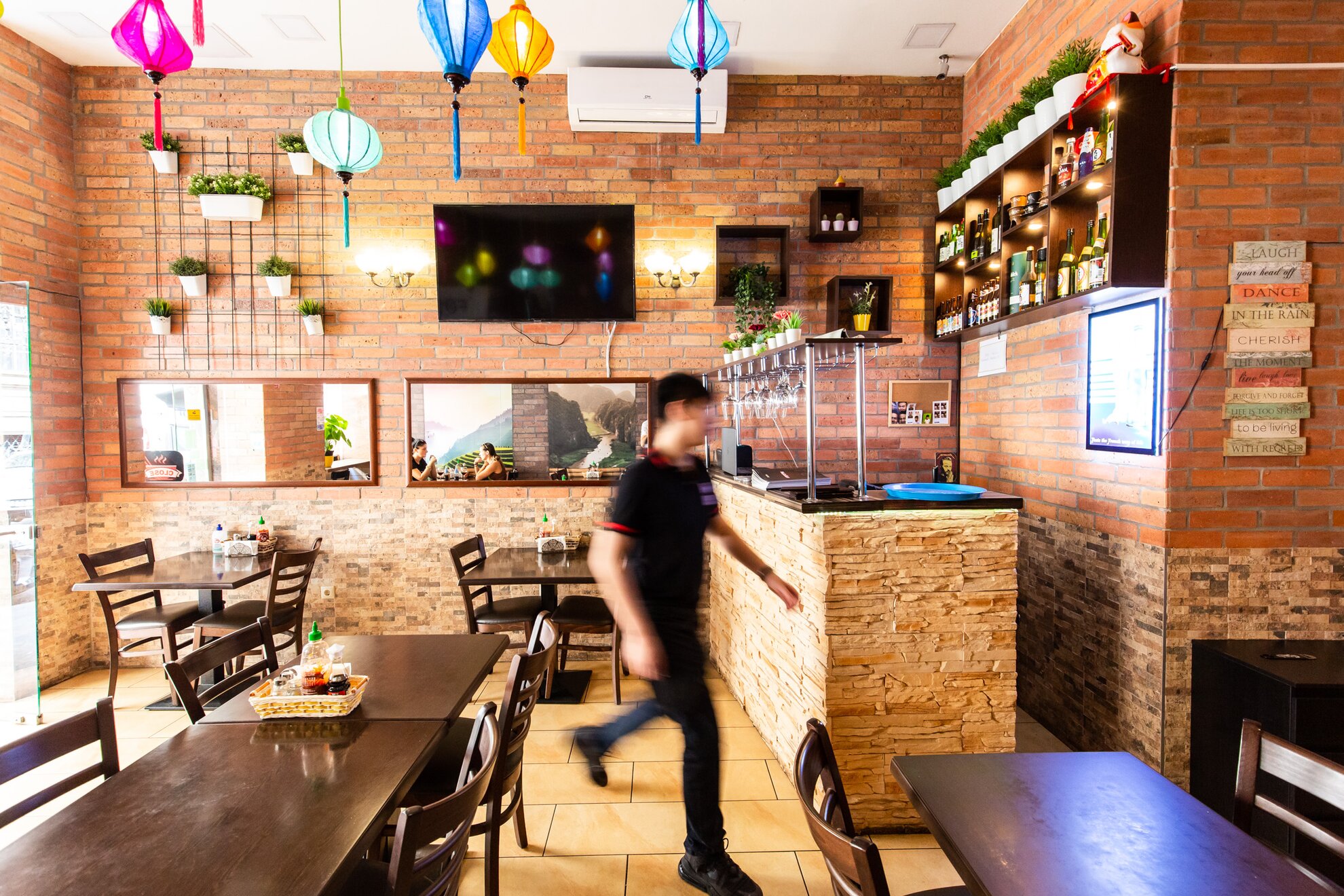
Hú Lù Lu
District VII. Akácfa utca 16
Open: Mon-Sat 11.30am-10.30pm
